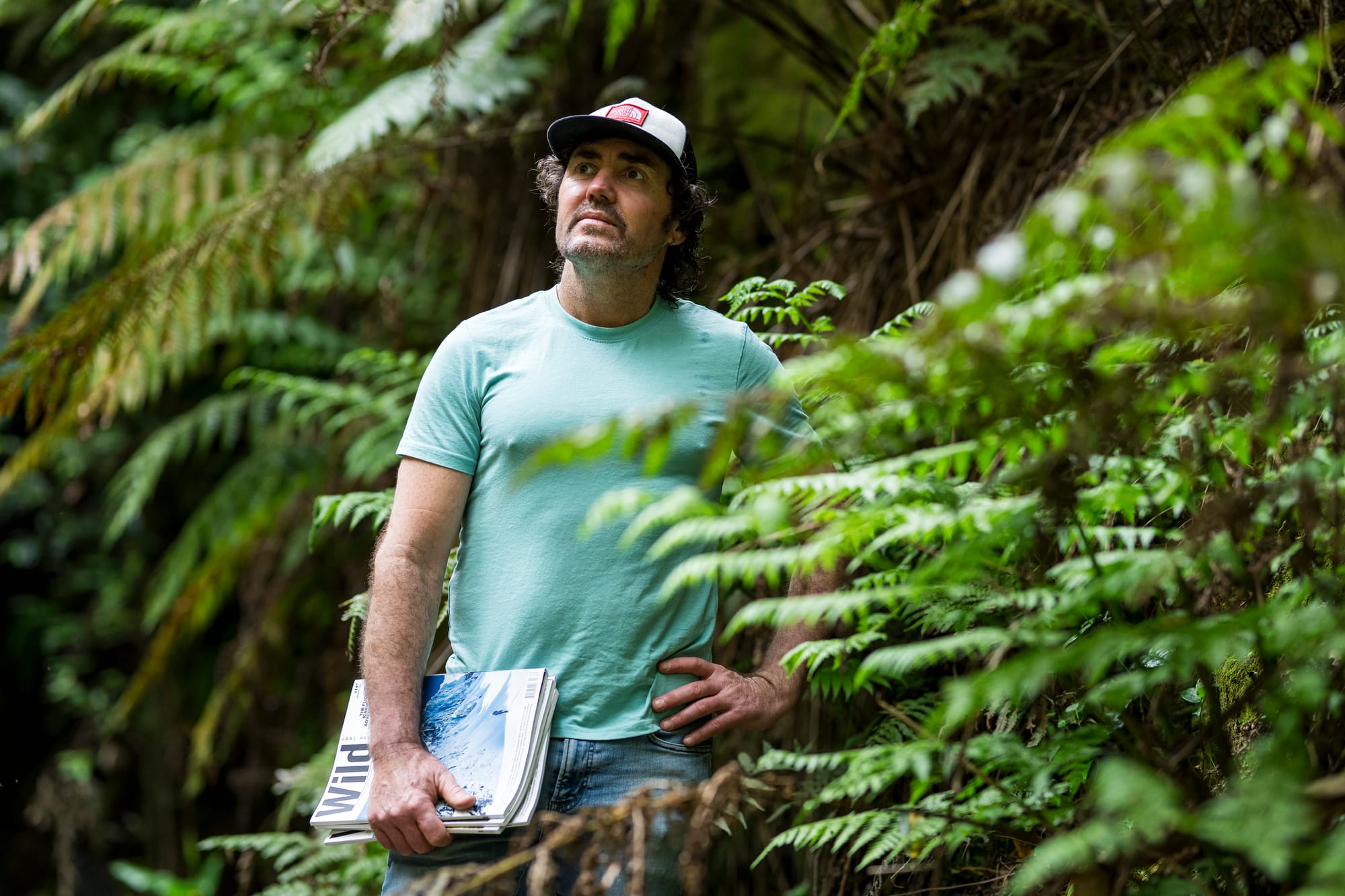Clearing up misconceptions
Journalist James McCormack calls on the community to pressure the Metropolitan Mine and the EPA to do better
By now, because the March 2025 court case was splashed all over the media, you are likely familiar with the fact that Peabody Energy, owner of the Metropolitan Mine in Helensburgh, pled guilty to three offences relating to pollution incidents back in 2022. Back then, filthy, black, polluted waters from the mine flowed into Camp Gully Creek in Garawarra State Conservation Area, which then flowed into the Hacking River in the stunning Royal National Park.
Many assumed the incident with Turkeys Nest Dam was a mere accident. It was not. Nor was it unforeseen. The mine knew the dam was not fit for purpose. Perhaps worse yet, the NSW Environment Protection Authority (EPA) knew the dam was not fit for purpose, yet it did not force Metropolitan Mine to act soon to rectify the problems.
We know all this thanks to the court proceedings. Unlike the fine, usually quoted at $500,000 – the actual fine was only $196,560; the rest was payment for the EPA’s legal and investigatory costs – the nitty gritty of the court case was not widely discussed in the media. Had this occurred, I believe community outrage, already considerable, would have been far greater still.
I am among those who didn’t at the time read through the court proceedings in full. I should have, because here are two key facts the court notes told us:
- That in 2019, three years before the offences, the mine was made aware that Turkeys Nest Dam, the site of the polluted water breach, was highly silted and more than half full. While some steps were taken to work on this, the court found these processes were “limited”, and that “a consistently high volume of sediment” remained.
- That in 2021, an independent environmental audit concluded the sediment pond “was silted up and no longer provides adequate freeboard to prevent sediment discharges.”
What a sec! What? The Metropolitan Mine knew all along that Turkeys Nest Dam was not up to scratch? And so too the EPA? Despite this, in the years prior to the September 2022 pollution incidents, the mine was allowed to cruise on, half-arsed, and to not seriously get to work addressing the problems at hand.
The EPA’s Executive Director of Operations, Jason Gordon, has, since the pollution events, said that the "NSW government showed how seriously it takes these pollution incidents by strengthening environmental laws last year so that the maximum penalty for each of these offences, which was $1 million at the time of the offences, now stands at $2 million".
But increasing a potential fine maximum from $1 million to $2 million is utterly meaningless when Peabody, despite repeated warnings, followed by repeated infringements, in the end received a fine of just $196,560, less than 7 percent of the possible maximum at the time.
One last misconception to address here is the issue of rainfall. The court noted that there had been heavy rainfall in 2022. Sadly, the court here got this wrong, because in the weeks prior to the first, and more significant, pollution event in September that year, the rainfall was actually below average.
In short, the culprit for these events was not the rainfall; it was the lack of action on the part of the mine, and the lack of enforcement by the EPA. As a community, let’s apply more pressure to both organisations to do what’s right for the local Illawarra environment and its people. We deserve better.
James McCormack is a Helensburgh local and the editor of Wild magazine.






